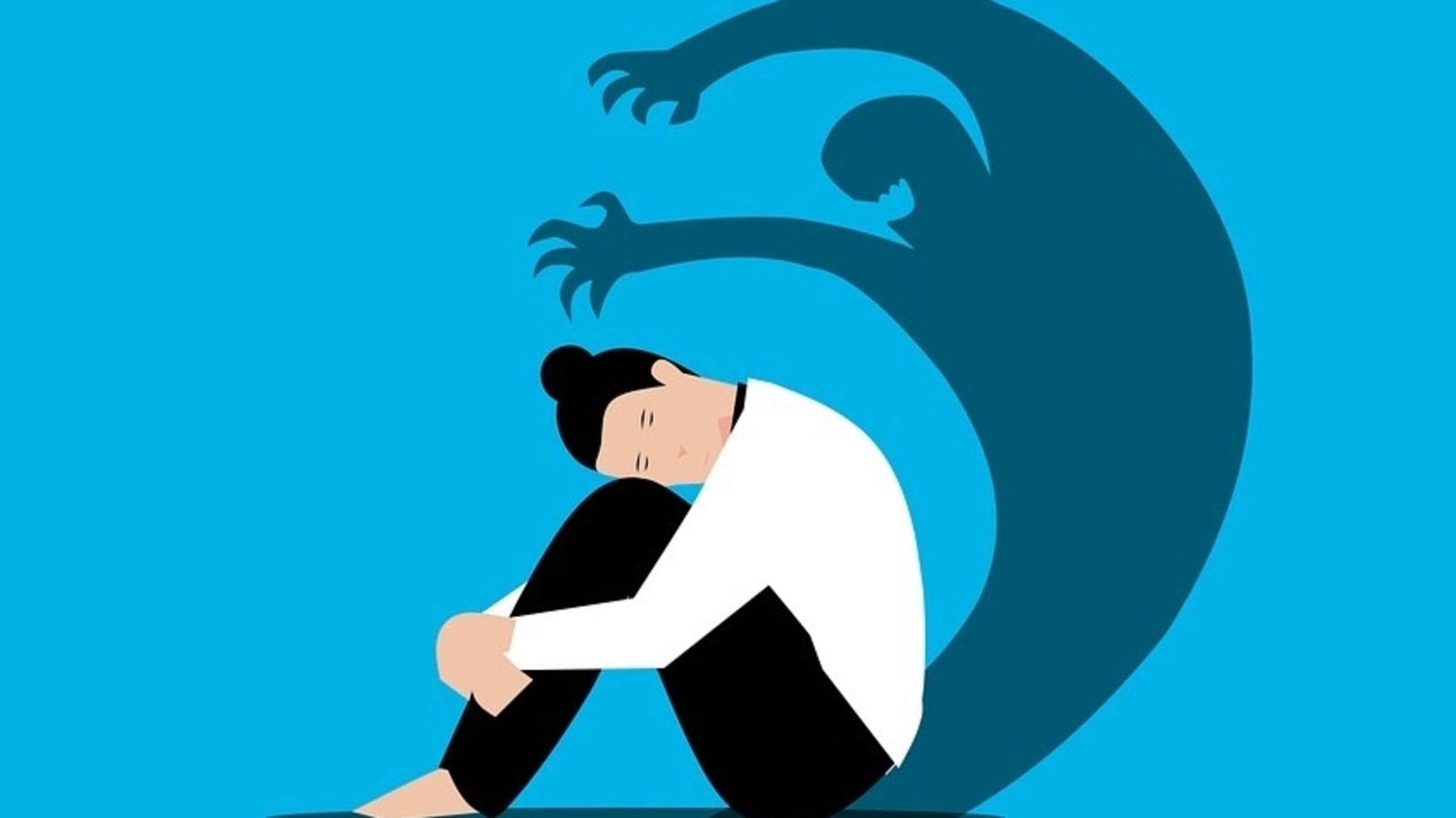It is common to hear people use stigmatizing, discriminatory and hurtful labels such as “psycho”, “schizo” or “totally bipolar”. Others may minimize the conditions by saying that they, too, are “a bit OCD” because they value structure and organization. (Also read: 10 simple tips to control your mental health)
This kind of everyday use of pseudo-clinical terms can be upsetting for young people struggling with these conditions. Worse yet, it can prevent them from seeking attention.
Clinical terms can have the same effect. For our recent research, we work with young patients, caregivers, and clinicians to develop new mental health vocabulary that carries less stigma, but is still accurate.
Mental health labels have pros and cons
Labels can provide concise and understandable descriptions of clinical and theoretical ideas. Diagnostics enable patients and healthcare professionals to follow evidence-based advice for effective care, as best practice guidelines are available for all labeled medical conditions.
In other words, naming a condition is the first step in identifying the best available treatment. Tags can also help create communities of people who share a similar clinical description and reassure people that they are not alone.
On the other hand, labels can result in stigma and discrimination, poor engagement with services, increased anxiety and suicidal thoughts, and poorer mental health.
The process of making a diagnosis can treat an individual’s strengths or vulnerabilities as abnormalities and pathologize them.
For example, a young person’s vivid imagination and artistic drive, the strengths that enable him to produce wonderful works of art, can be reframed as a sign of illness. Or her experience of growing up poor and disadvantaged could be seen as the cause of her mental illness, rather than environmental factors that may have simply contributed to it.
As such, clinicians must seek to understand a person’s difficulties through a holistic, humanistic, and psychological perspective, before giving them a label.
New terms, changing approaches
In the last decade, efforts have been made to improve the naming of psychiatric disorders. Attempts to update psychiatric terms and make them more culturally appropriate and less stigmatizing have resulted in schizophrenia being renamed in several countries.
Proposed terms such as Si Jue Shi Tiao (dysregulation of thought and perception) in Hong Kong, and Johyenonbyung (attunement disorder) in South Korea, have been suggested as alternatives that carry less stigma and allow for a more positive view of psychiatry.
These new terms, however, were generated by experts in the field. Consumers and clients within the mental health system have rarely been consulted, until now.
Thoughts of those ‘at risk’
Currently, “ultra-high risk (for psychosis)”, “at-risk mental state”, and “attenuated psychosis syndrome” are used to describe youth at high risk of developing psychosis. But these labels can be stigmatizing and harmful to the young people who receive them.
At Orygen, new and less stigmatizing ways of describing the concept of “psychosis risk” were developed with young people with lived experiences of poor mental health.
During focus groups, former patients were asked what they would like their experiences to be called if they were believed to be at risk of developing mental illness.
This discussion resulted in the generation of new terms such as “prediagnostic stage”, “potential to develop mental illness” and “disposition to develop mental illness”.
The terms were then presented to three groups: 46 youth identified as being at risk for psychosis and currently receiving care; 24 of their caregivers; and 52 doctors who care for young people.
Most thought that these new terms were less stigmatizing than the current ones. The new terms were still considered informative and illustrative of the experiences of young people.
Patients also told us that they wanted terms like these to be fully disclosed and mentioned early in their care. This revealed a desire for transparency when it comes to medical and mental illness.
names have power
Labels can, and should, be revised when stigma is associated with them.
Co-designing new diagnostic labels with patients, their caregivers, and clinicians empowers everyone involved. Several similar projects are underway in Italy and Japan to include a cultural perspective in the renaming of terms related to young people at risk of developing serious mental illness.
We hope to integrate and use more youth-generated terms in mainstream early intervention psychiatric services. We hope this will have a significant impact on young people’s mental health by allowing better access to care and less stigma.
By Andrea Polari and Suzie Lavoie, University of Melbourne
.
